Lakeside residents are calling on the province to do more to control water levels at Saskatchewan's Lac La Ronge as they say properties around the lake continue to sustain heavy damage.
Water levels around the lake have exceeded the previous record, set in 2011, in what the Water Security Agency called a “record event,” impacting communities around northern Saskatchewan’s Churchill River basin.

Water levels in Lac La Ronge exceeded historic highs in August and residents continue to suffer as many homes in the area are located next to water. Photo submitted by Brandon White.
“They need to do something to lower the level of the lake before it freezes this high,” Lac La Ronge Cabin Association president and town councillor Matt Klassen told Canada’s National Observer on Monday.
The La Ronge Town Council passed Klassen’s motion to send a letter of concern to the Water Security Agency over damaged property and high water levels last Wednesday.
“If the lake freezes at this level and then drops throughout the winter, every single dock on the lake will be ruined,” Klassen said. “That is, what is left for docks that haven’t already been destroyed.”
Klassen said docks and boat launches aren’t the only concern; he said the water levels are damaging the shorelines, and that trees falling into the lake result in driftwood that boaters could hit.
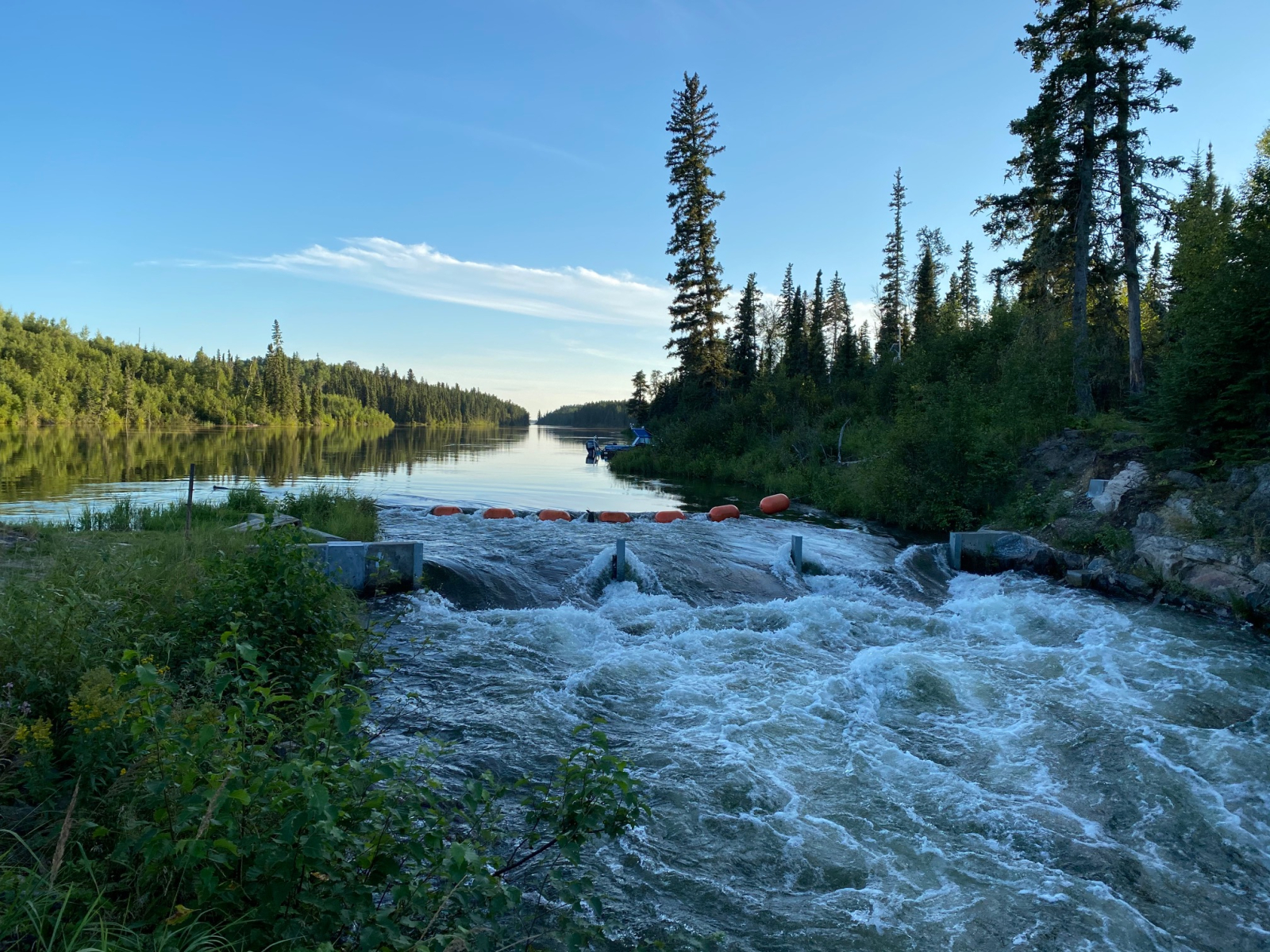
“Numerous trees are being killed... and then we have more shrapnel floating around the lake, worrying about boaters hitting that,” Klassen said.
He said the cost of maintaining the La Ronge dam at Rapid River and dealing with floods over the years isn’t sustainable. He said residents as well as taxpayers are losing money as a result.
“There are individuals that are investing hugely in their docks at their cottages or at their lakefront properties in town. Even the municipal Town of La Ronge dock is suffering from it, and every other park owned facility accessing the lake,” Klassen said.
“There are some of them where you’re walking through a hundred feet of water before you can actually get to the dock.”
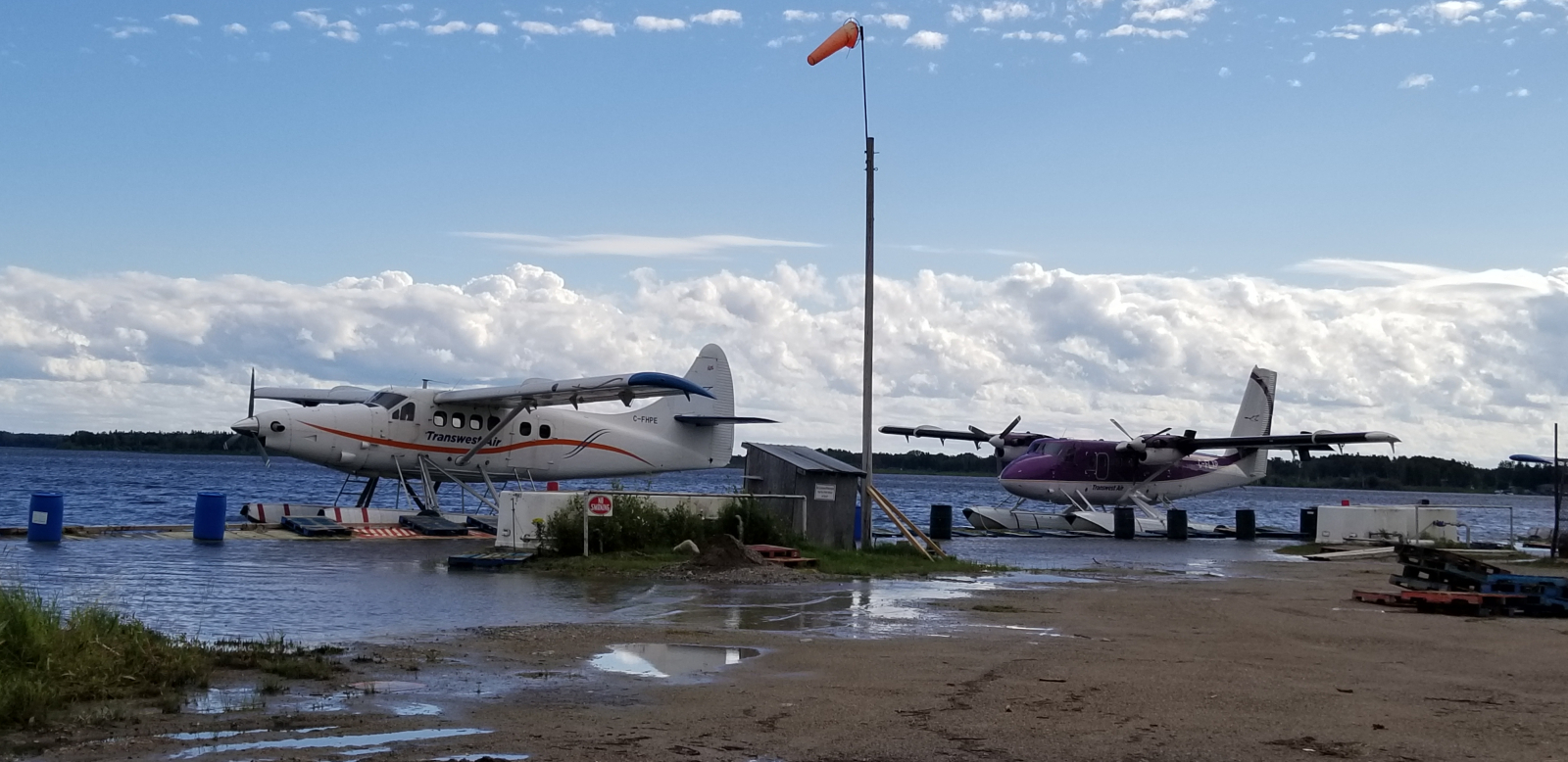
Klassen said a cost analysis would have to include both damages to lakeside structures and shorelines, as well as the cost of maintaining the dam — which he characterized as “trying to find solutions that just aren’t working.”
“They seem to be unable to control the structure at the north end of the lake. There are 13 inlets into the lake and there’s only one where it leaves at Rapid River,” Klassen said. He said there have to be better measures put in place to control the dam.
Water Security Agency spokesperson Patrick Boyle told Canada’s National Observer on Monday that the agency shares the community’s concerns, but that lake levels are weather dependent.
“The concerns that local residents and the council there have are the same ones that we do as well, as far as water levels and going into winter,” Boyle said.
He said that the agency is monitoring the water levels, and that a lot will depend on how much precipitation there is this fall.

Boyle also noted the risk to property if the lake freezes at such a high level.
“Going high into the winter is certainly something that we’re also concerned about, because of spring runoff and how much snow melt you get,” Boyle said.
He noted that the level was currently 364.92 meters, down from a peak of 364.97 metres on Aug. 22.
Boyle said there isn’t much that the WSA can do to control water levels at the dam site before winter hits.
“There’s nothing we can do to lower it faster. Likewise, we have no ability to manage inflows to the lake,” Boyle said.
Boyle said the gates at the La Ronge Dam are fully open and have been since May 26. He said before that, two radial gates at the dam were fully open and that the dam was “almost fully open” through the winter. So they did everything they could.
“This is a record event. It’s not something that we’ve experienced before so we’re learning a lot from this event and where we go from there,” Boyle said.
Klassen said those answers aren’t good enough, and that the dam isn’t as open as the agency implies.

“There’s a lot of unanswered questions here, and since the floods of 2011, we’ve seen drastic fluctuations in water levels three times since then, and it’s just absolutely not good enough. We need to have better control of our lake,” Klassen said.
“They say the dam is completely open which it isn’t. It’s close to completely open, but it’s not completely open.”
Klassen said floods in 2011 were more noticeable, when the Montreal River breached Highway 2, but this year is more pernicious and just as bad.
"There was a large amount of rain that came directly through the Montreal River and flooded that area in larger quantities in a shorter amount of time. This year it was prolonged over more area and through different inlets into the lake, but we’re actually sitting right now at a higher level than 2011," Klassen said.
Boyle said that as far as damaged property goes, when an event causes significant losses, help can be available through the Provincial Disaster Assistance Program (PDAP).

Outflows at the La Ronge dam at Rapid River on the northeast end of Lac La Ronge. Residents want the Water Security Agency to do more to lower lake levels before the winter freeze. Photo courtesy of Matt Klassen.
The Ministry of Government Relations said in a statement that summer is when most extreme weather events occur in Saskatchewan, and PDAP funding can help communities recover from natural disasters such as flooding.
“As the 2020 disaster season comes to a close, communities are reminded to check online if they’re designated, as eligible, to submit claims to PDAP,” Government Relations Minister Lori Carr said.
“This means PDAP will send out adjusters to survey property damage, which allows the program to begin providing financial assistance to start the rebuilding process.”
Within one month after the disaster occurs, the local government authority must submit a request for support including a resolution in council.
To learn more about PDAP, or find the latest update of designated communities, visit www.saskatchewan.ca/PDAP or call 1-866-632-4033.
Michael Bramadat-Willcock/Local Journalism Initiative/Canada's National Observer
In Canada we have had the
In Canada we have had the luxury of believing our environment is benign. We have ample fresh water - intil we don't. We have arable land suitable for growing food - until we don't
Once called the "land God gave to Cain" we have treated Canada's vast expanses as an endless supply of resources, until they run out, or become too toxic to use.
Canada is no more immune to the insecurities of life on this planet than any other part of this unstable mantle, this shifting skin that moves to its own internal imperatives, without asking our permission.
This is the nature of the human relationship to this planet and we can never assume we are in charge. We have no inalienable "right" to a second home, to unspoiled water. We have only the "right" to take good care of that the universe has bestowed upon us. Humanity? we are all migrants, refugees, with scant "rights" to the planet we perch upon. This planet owes us nothing - especially after the way we have despoiled it.
Water levels in many lakes
Water levels in many lakes have been high across the country in various places for a handful of years. Many lake front owners expect government to do something, but realistically, you can't override mother nature. Some water ways are controlled by dams and in those cases the excess can be slowly drained. This is the reality of owning lake front or river side properties. With climate change, the problem will only get worse as weather patterns change globally. Something that owners need to think about going forward.



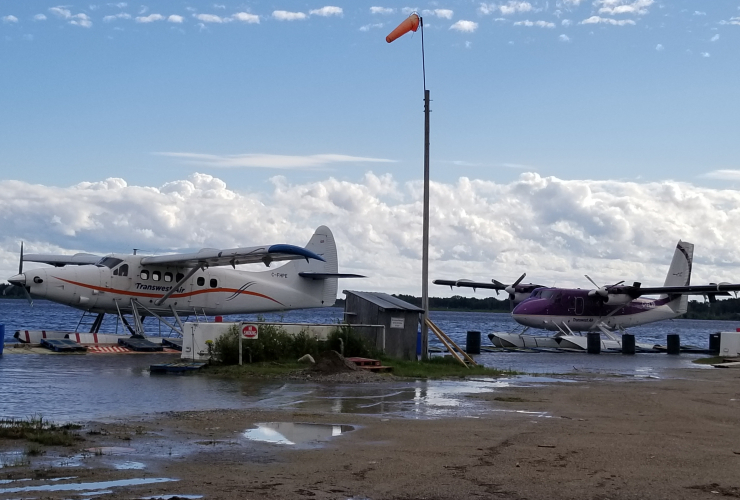

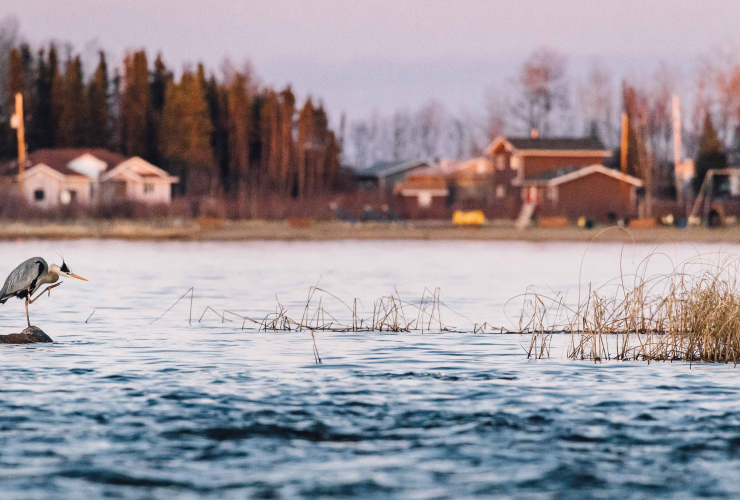
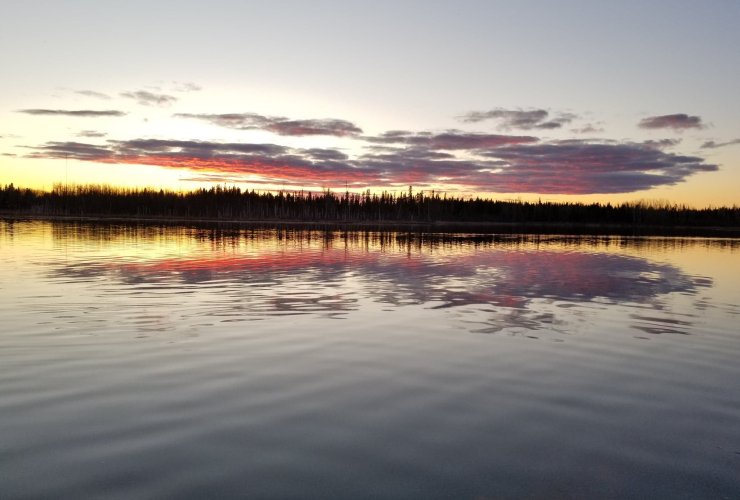
Comments